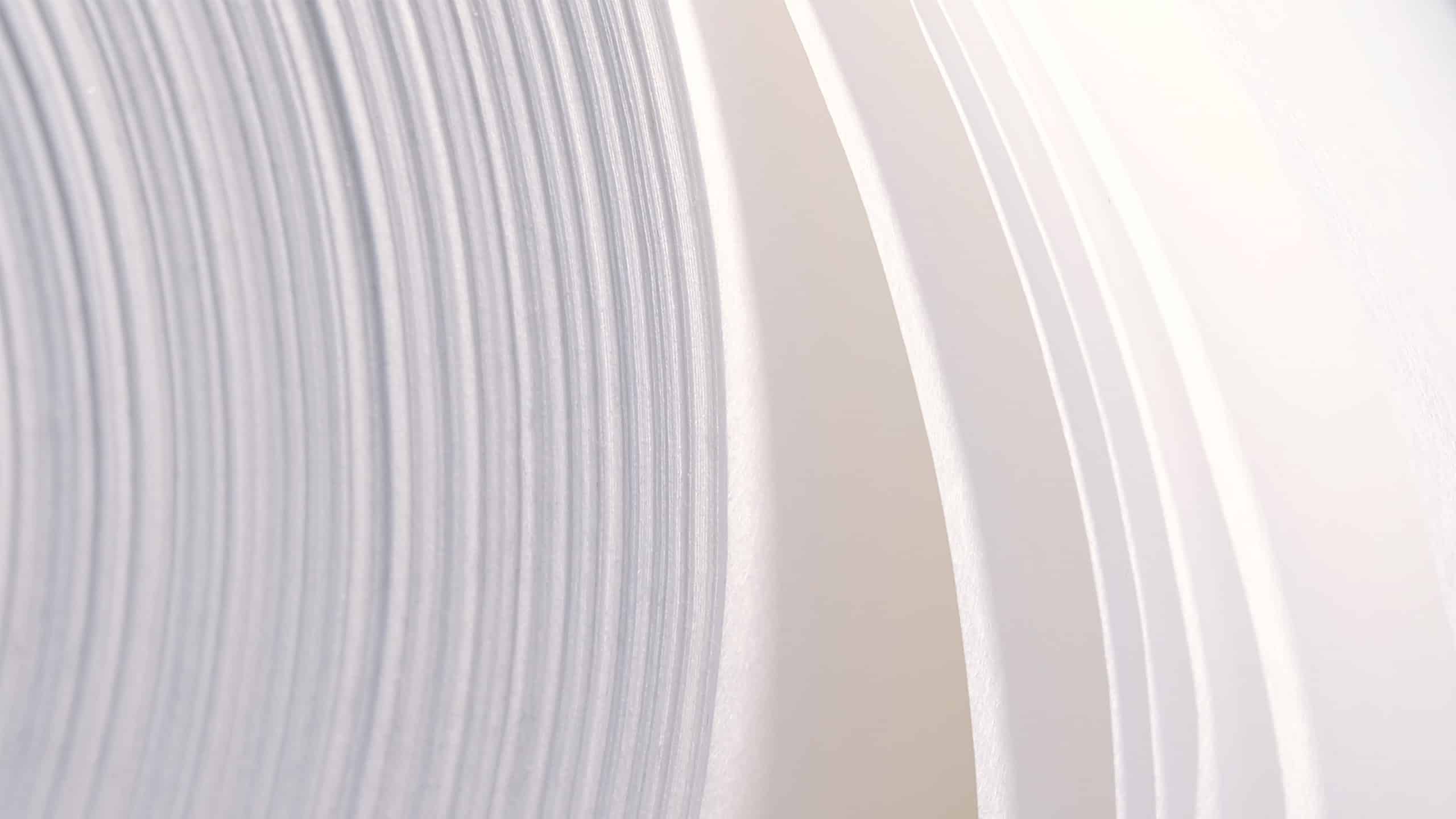Exploring the applications of Paptic® in the food industry

Introduction to Paptic® and its Unique Properties
Paptic® materials represent a significant advancement in sustainable packaging solutions, distinguished by their unique fibre-based composition. Unlike conventional fibre-based products, Paptic® integrates the benefits of paper, plastic, and textiles to create a versatile and eco-friendly alternative. According to CEPI, the use of renewable wood fibres is a critical component of sustainable packaging, offering advantages such as recyclability, reusability, and enhanced durability. These features set Paptic® apart from traditional solutions by providing an improved user experience with their softness and flexibility. Designed to be both strong and lightweight, Paptic® materials can withstand diverse packaging demands without compromising sustainability.
Paptic® materials are characterized by their distinct haptics, offering a luxurious feel that is both soft and silent. This tactile quality enhances consumer interaction with packaging while supporting brands in creating a premium image. The ability of Paptic® to fold and twist like plastic films without cracking offers flexibility and resilience not commonly found in standard fibre-based packaging. This innovative material design aligns with CEPI’s goals for sustainable development, making Paptic® a forward-thinking solution in the move towards more responsible packaging practices.
Responsible Sourcing of Fibres
The fibres used in Paptic® materials are sourced with a strong emphasis on sustainable forest management practices, as outlined by CEPI. Sustainable forest management ensures that forests are managed in a way that maintains biodiversity, productivity, and ecological processes. This is crucial for harvesting raw materials without causing long-term harm, balancing the needs of present and future generations. Responsible sourcing requires adherence to strict guidelines and certifications that guarantee sustainable forestry practices.
We engage in partnerships with certified suppliers who adhere to recognized standards of forest stewardship, aligning with CEPI’s framework for responsible sourcing. This commitment reduces the environmental impact of our products while supporting forest ecosystem health. By prioritizing fibres from responsibly managed forests, Paptic® contributes to environmental conservation and promotes sustainable growth in the packaging industry, minimizing plastic waste and advancing eco-friendly solutions.
Applications of Paptic® in Food Packaging
Paptic® materials have extensive applications in the food industry, particularly for dry food packaging. A significant advantage is its heat-sealable, fibre-based alternative to traditional plastic packaging, ideal for products like fruits and vegetables where minimizing plastic use is a priority. According to the European Environment Agency, reducing plastic packaging is crucial for sustainability. Paptic®’s strength and flexibility ensure effective protection of food items while maintaining freshness.
Compared to traditional solutions, Paptic® offers sustainability benefits by operating on existing packing lines without modifications, providing a convenient drop-in solution for businesses transitioning to sustainable options. Its lightweight nature contributes to resource efficiency and reduces the carbon footprint associated with packaging. By replacing plastics, companies can enhance their commitment to sustainability and appeal to environmentally conscious consumers.
Environmental Impact and Sustainability Considerations
The environmental implications of using Paptic® materials in the food industry are significant. CEPI highlights the importance of reducing carbon footprints, and Paptic® is designed to be resource-efficient. Its recyclability with existing packaging papers and cardboard promotes a circular economy and reduces waste, facilitating material recovery and reuse while minimizing ecological footprints.
While sustainability advantages are evident, adopting new materials can pose challenges, such as adjustments in processing and logistics. However, the long-term benefits, including reduced plastic reliance and improved resource efficiency, make Paptic® a compelling choice for enhancing environmental credentials. Addressing these considerations demonstrates Paptic®’s commitment to advancing sustainable packaging practices within the food industry.
Future Trends and Innovations in Fibre-Based Packaging
As demand for sustainable packaging solutions grows, future trends in fibre-based packaging are likely to include further innovations. Emerging trends involve developing versatile coatings for fibre-based materials to enhance barrier properties and expand application ranges. For Paptic®, this could mean broader use beyond food packaging, providing comprehensive solutions across industries.
Innovations will also focus on improving performance and aesthetics, making materials more attractive to consumers and businesses. With the food industry prioritizing sustainability, Paptic® is positioned to lead in providing cutting-edge solutions meeting market needs. Ongoing research and development in fibre-based packaging will likely yield breakthroughs that enhance sustainability and functionality, paving the way for a more responsible packaging future.
